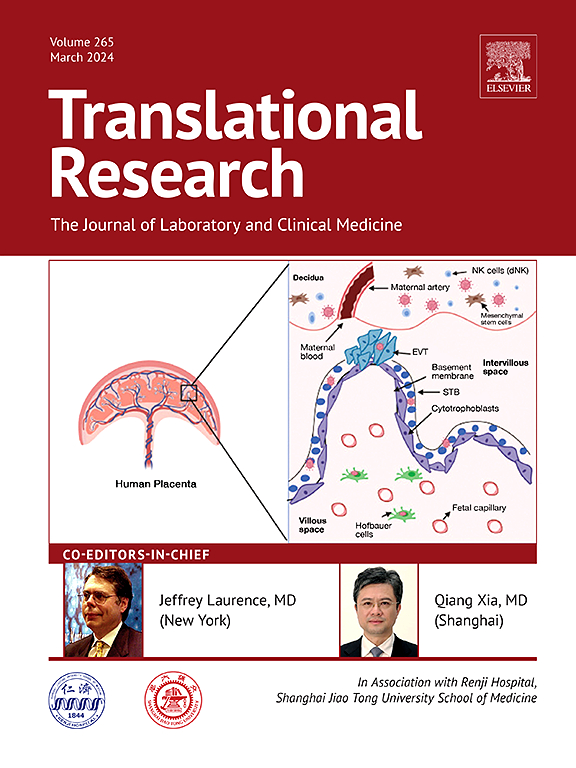Early growth response protein 2 promotes partial epithelial-mesenchymal transition by phosphorylating Smad3 during renal fibrosis
Abstract
Chronic kidney disease (CKD) is a serious health problem worldwide, which ultimately leads to end-stage renal disease (ESRD). Renal fibrosis is the common pathway and major pathological manifestation for various CKD proceeding to ESRD. However, the underlying mechanisms and effective therapies are still ambiguous. Early growth response 2 (EGR2) is reportedly involved in organ formation and cell differentiation. To determine the role of EGR2 in renal fibrosis, we respectively confirmed the increased expression of EGR2 in kidney specimens from both CKD patients and mice with location in proximal tubules. Genetic deletion of EGR2 attenuated obstructive nephropathy while EGR2 overexpression further promoted renal fibrosis in mice subjected to unilateral ureteral obstruction (UUO) due to extracellular matrix (ECM) deposition mediating by partial epithelial-mesenchymal transition (EMT) as well as imbalance between matrix metalloproteinases (MMPs) and tissue inhibitor of MMPs (TIMPs). We found that EGR2 played a critical role in Smad3 phosphorylation, and inhibition of EGR2 reduced partial EMT leading to blockade of ECM accumulation in cultured human kidney 2 cells (HK2) treated with transforming growth factor β1 (TGF-β1). In addition, the transcription co-stimulator signal transducer and activator of transcription 3 (STAT3) phosphorylation was confirmed to regulate the transcription level of EGR2 in TGF-β1-induced HK2 cells. In conclusion, this study demonstrated that EGR2 played a pathogenic role in renal fibrosis by a p-STAT3-EGR2-p-Smad3 axis. Thus, targeting EGR2 could be a promising strategy for CKD treatment.

 求助内容:
求助内容: 应助结果提醒方式:
应助结果提醒方式:


